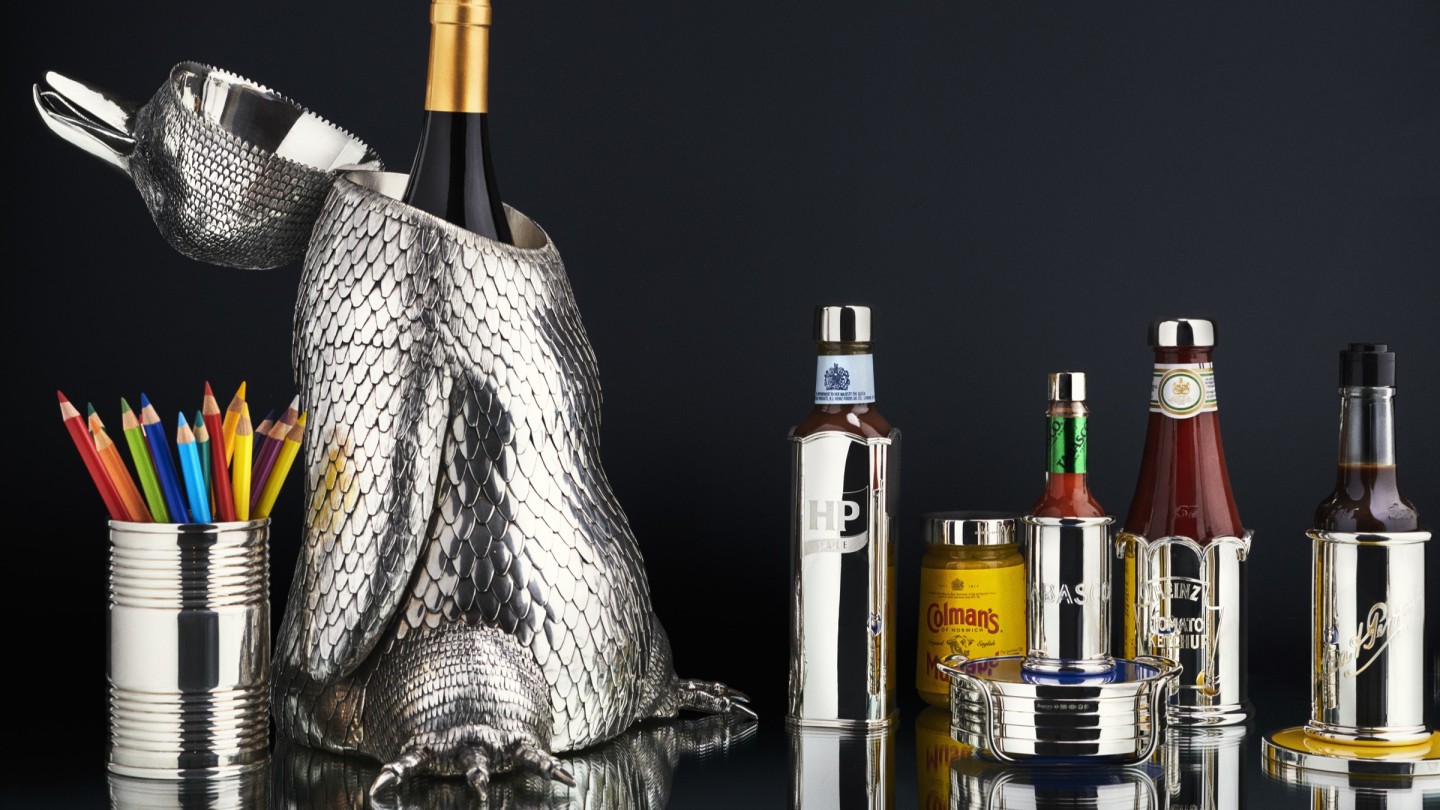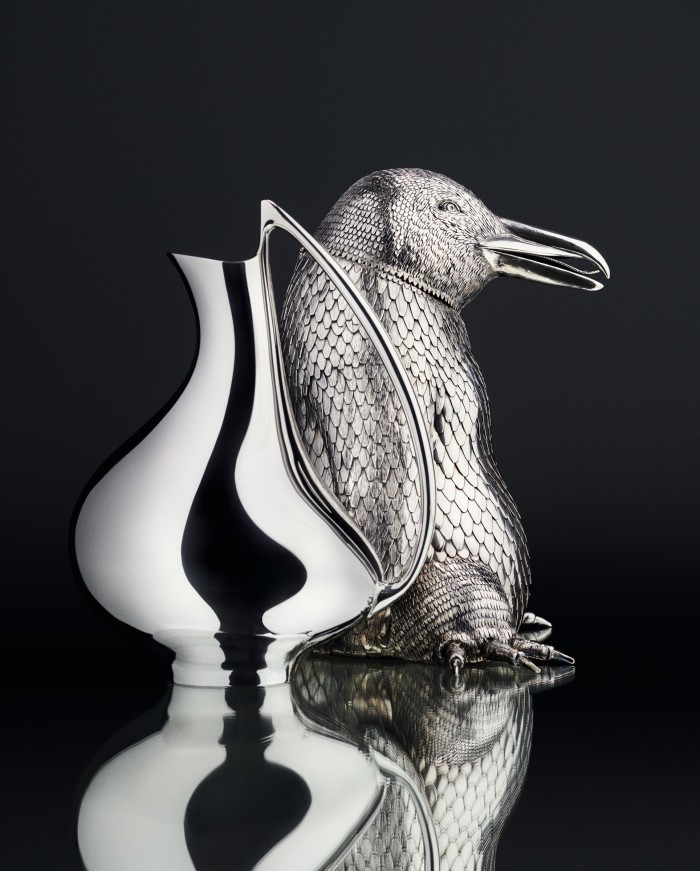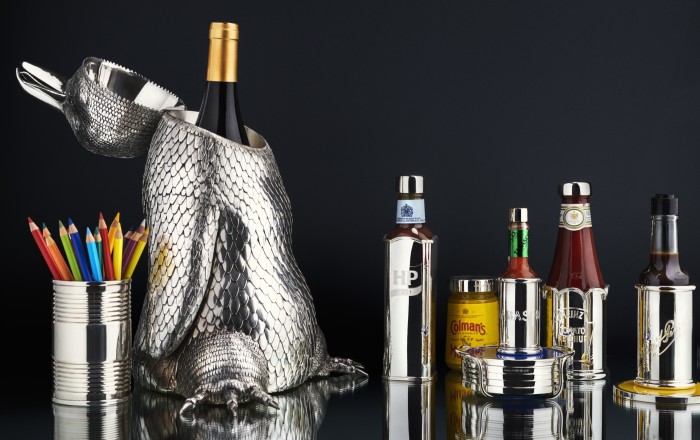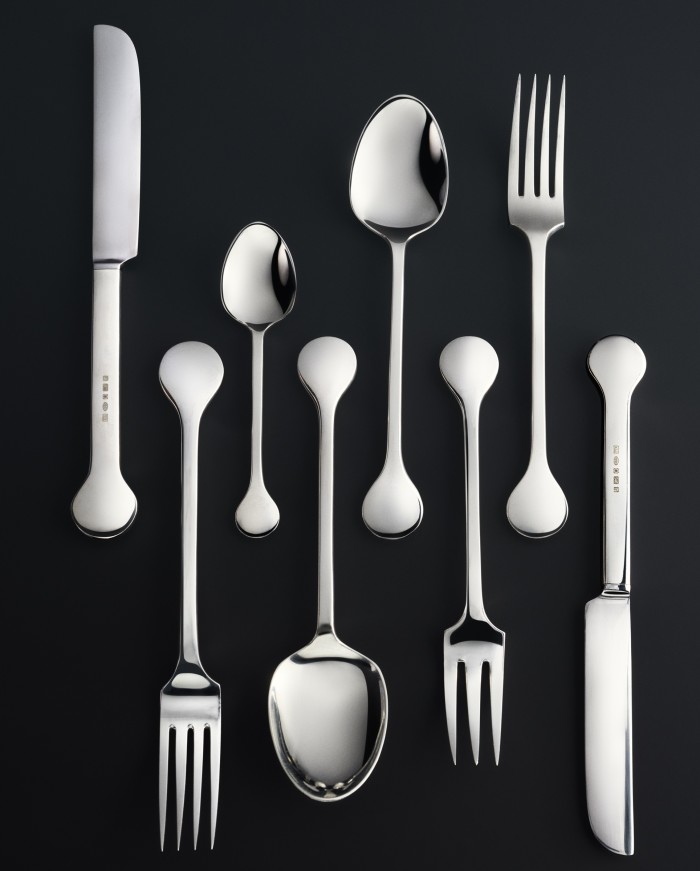The magic of silver

Roula Khalaf, Editor of the FT, selects her favourite stories in this weekly newsletter.
As a boy, workshops were mysterious and magical places. I remember being a little afraid of the fire, of the sharp and shiny tools dangling on the wall, and of all that noisy hammering. My fear would be forgotten as something tangible, useful and often beautiful began to emerge from an uninspiring sheet of metal.

My father was a good silversmith, and could transform a flat sheet of silver into a cup or bowl or jug just by hitting it with a small hammer. I used to sit for hours watching him, wondering what he was going to do next, and basking in his focus and satisfaction.
“Raising” is an exquisite term describing the elevation of sheet metal into a form purely by hammering. It describes not only creating shape but also creating an object with purpose and utility.

It was in a workshop that I realised I was particularly drawn to certain materials. Silver is uniquely pure and noble. It is malleable and rewarding to work. While it is inherently valuable and precious, it remains affordable and so is made into a range of objects with more applications than most other precious metals. While it has long been associated with transformation and mysticism, for me there is something captivating about the nature of its colour. Silver is an ethereal white. It almost has no colour – or every colour – while titanium or nickel are so very warm, and stainless steel is so very cold and blue.

My favourite silver objects range from the seriously beautiful to the enchanting and whimsical. Regardless, they all need to be polished, and deserve to be polished.
Of all these pieces, I especially adore my silver penguin. He was made by the Lisi Brothers in Florence and created as a wine cooler, but I don’t use him for that. He sits quietly by my feet next to my desk.

Comments